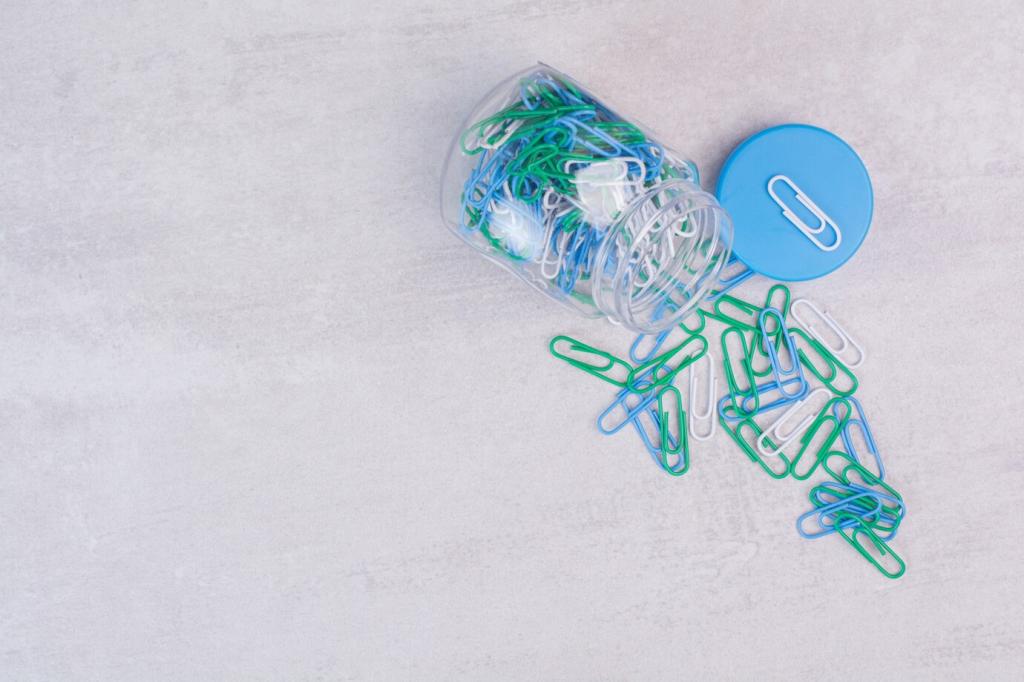Join the Community and Keep the Craft Alive
Post your before and after photos, measurements, and finish recipes in the comments. Your experiments, even the messy ones, help others. We may feature your project in an upcoming community spotlight.
Join the Community and Keep the Craft Alive
Subscribe for monthly salvage challenges, printable checklists, and early access to new tutorials. Tell us what pieces you are hunting, and we will tailor prompts around your real-world finds.




